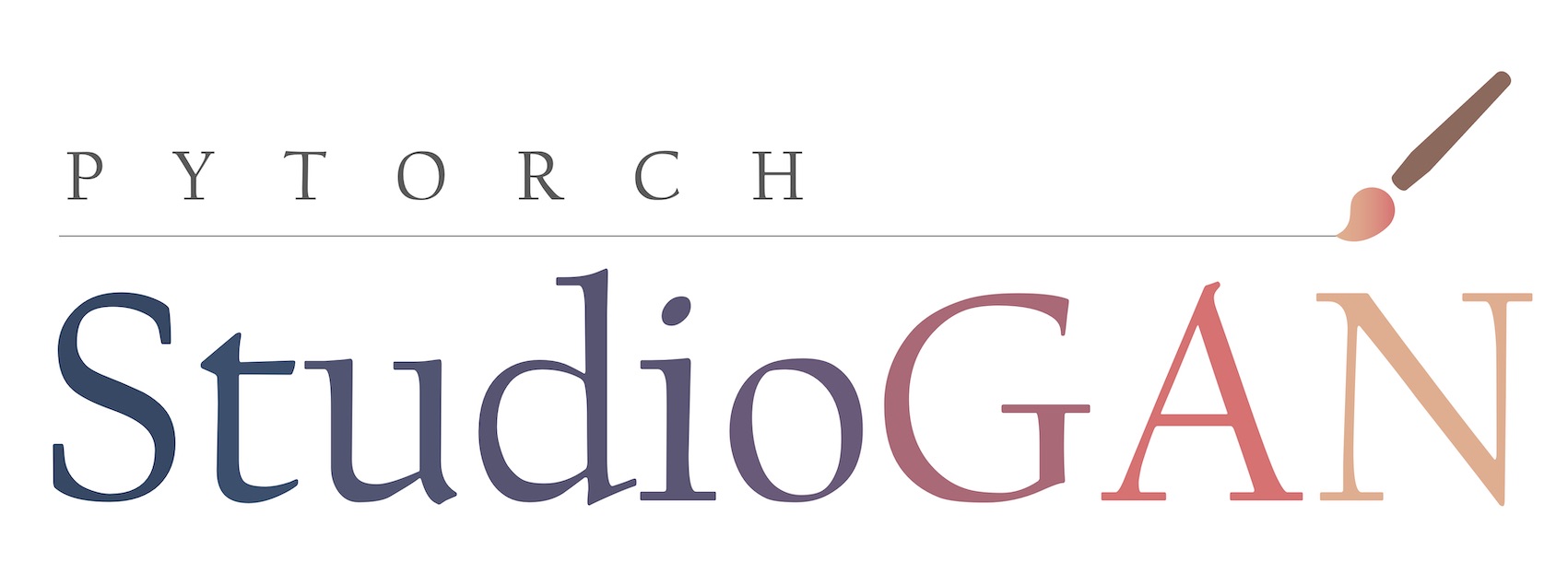First Order Divergence for training GANs
This repository contains code accompanying the paper First Order Generative Advesarial Netoworks
The majority of the code was copied from the repository https://github.com/bioinf-jku/TTUR
First Order Wasserstein Divergence GAN
The key added value of this code is its implementation two GANS that minimize not the KL-divergence or the WGAN-GP divergence, but the First Order Wasserstein Divergence, leading to better stability and perfomance.
Frechet Inception Distance (FID)
The FID is the performance measure used to evaluate the experiments in the paper. There, a detailed description can be found in the experiment section as well as in the the appendix in section A1.
In short: The Frechet distance between two multivariate Gaussians X_1 ~ N(mu_1, C_1) and X_2 ~ N(mu_2, C_2) is
d^2 = ||mu_1 - mu_2||^2 + Tr(C_1 + C_2 - 2*sqrt(C_1*C_2)).
The FID is calculated by assuming that X_1 and X_2 are the activations of the pool_3 layer of the inception model (see below) for generated samples and real world samples respectivly.
Compatibility notice
Previous versions of this repository contained two implementations to calculate the FID, a "unbatched" and a "batched" version. The "unbatched" version should not be used anymore. If you've downloaded this code previously, please update it immediately to the new version. The old version included a bug!
Provided Code
Requirements: TF 1.1, Python 3.x, for faster JSD estimation in language model, compile the language model code.
fid.py
This file contains the implementation of all necessary functions to calculate the FID. It can be used either as a python module imported into your own code, or as a standalone script to calculate the FID between precalculated (training set) statistics and a directory full of images, or between two directories of images.
To compare directories with pre-calculated statistics (e.g. the ones from http://bioinf.jku.at/research/ttur/), use:
fid.py /path/to/images /path/to/precalculated_stats.npz
To compare two directories, use
fid.py /path/to/images /path/to/other_images
See fid.py --help for more details.
fid_example.py
Example code to show the usage of fid.py in your own Python scripts.
precalc_stats_example.py
Example code to show how to calculate and save training set statistics.
WGAN_GP
Improved WGAN (WGAN-GP) implementation forked from https://github.com/igul222/improved_wgan_training with added FID evaluation for the image model and switchable TTUR/orig settings. Lanuage model with JSD Tensorboard logging and switchable TTUR/orig settings.
Precalculated Statistics for FID calculation
Precalculated statistics for datasets
- cropped CelebA (calculated on all samples)
- LSUN bedroom (calculated on all training samples)
- CIFAR 10 (calculated on all training samples)
- SVHN (calculated on all training samples)
- ImageNet Train (calculated on all training samples)
- ImageNet Valid (calculated on all validation samples)
are provided at: http://bioinf.jku.at/research/ttur/
Additional Links
For FID evaluation download the Inception modelf from http://download.tensorflow.org/models/image/imagenet/inception-2015-12-05.tgz
The cropped CelebA dataset can be downloaded here http://mmlab.ie.cuhk.edu.hk/projects/CelebA.html
To download the LSUN bedroom dataset go to: http://www.yf.io/p/lsun
The 64x64 downsampled ImageNet training and validation datasets can be found here http://image-net.org/small/download.php

![[ICLR 2021, Spotlight] Large Scale Image Completion via Co-Modulated Generative Adversarial Networks](https://github.com/zsyzzsoft/co-mod-gan/raw/master/imgs/demo.gif)




